
December 30, 2023: Theatre Yesterday and Today, by Ron Fassler
This week's two previous On the Town columns, Part 1 and Part 2, were devoted to its first production that opened on December 28, 1944. What came next was its MGM film version with the studio interested in the property from the get-go. Due to it being the first musical to be composed by Leonard Bernstein—who began work on the project at age twenty-six—there was enormous interest in what he was going to do in the field of legit theatre having already cracked the world of classical music. So, MGM bought the film rights for $250,000 before On the Town even opened. What's funny is that when the main men of the studio, Louis B. Mayer, Eddie Mannix and Sam Katz saw it shortly after it opened, they all thought they'd been stuck with a dud. For one thing, they hated the music.
That and a number of other reasons meant that the film didn't start shooting until March of 1949. By then its story had been re-crafted and most of Bernstein's score was removed. Roger Edens wrote new songs with lyrics by a reluctant Comden and Green (Bernstein was their great friend) and the film was now set post-war, which changed its dynamic entirely. No longer did audiences have to fret that these three sailors, whom they would come to love, would have to be shipped back to war. This was a shame as their leave-taking held a palpable fear that any of them might see one another again. Without that element it was like letting the helium out of balloon; you could enjoy its bouncy quality but you were aware of a slow leak that was threatening to leave you flat by the finish.
If the studio wasn't secure about the score, it didn't hesitate to dip into their sizable talent pool with the directing assignment going to Stanley Donen and Gene Kelly. Kelly agreed to co-star as well alongside Frank Sinatra and Jules Munshin (the three had previously done Take Me Out to the Ballgame for the studio), with their leading ladies played by Vera Ellen, Betty Garrett and Ann Miller.

Successful as the movie turned out (and it was a very big hit), it's understandable that it didn’t thrill the original creative team. Jettisoning all but a handful of the songs left Betty Comden to call out MGM years later when she said, “They were afraid of the music.” Bernstein concurred saying, “When I finally discovered what had happened, I asked them to take my name off the full-frame credit, and credit me only for the songs I wrote—because I really don’t want anybody to think I wrote a title song called ‘On the Town,’ which I certainly didn’t.”
When I first saw the film as a kid, I loved it. What was there not to love? It’s melodic, funny and bursting with energy. When the show was revived on Broadway in 1971 when I was fourteen years old, that was the first time I heard the bulk of the original score. That production was helmed by Ron Field, who was just coming off a pair of Tonys for directing and choreographing Applause. Adolph Green’s wife, Phyllis Newman, was cast in Comden’s role of Claire and Bernadette Peters took on Nancy Walker's role of Hildy. When Peters sang “I Can Cook Too” in front of the curtain—sexy, funny and totally irresistible—she rocked the Imperial Theatre. At twenty-three, it marked her first Tony Award nomination.
But audiences resisted this revival. It had troubles out of town; actors were fired, etc., and by the time it opened on Broadway it had been hobbled. And many commented on missing the Jerome Robbins choreography (which actually would have been difficult to duplicate as it was never notated). It only ran for seventy-three performances, but it left behind a knock-out poster by David Edward Byrd who, in that same Broadway season, design the now iconic poster for Follies.

In 1989, Jerome Robbins’ Broadway opened to great acclaim. A compendium of the master's choreography from more than twenty musicals to which he contributed; the revue included fifteen numbers featuring sixty-two performers. It was directed by Robbins himself, his first Broadway show with his name so credited in twenty-five years, Recreating some of the dances required incredible feats of memory, so whoever was still alive from the original incarnations came to rehearsals (which spanned six months) to help put things together piece by piece again. It received six Tony Awards, including that season’s Best Musical. With On the Town’s “New York, New York” bookending the evening, Frank Rich wrote elegantly of how it spoke to him in the New York Times:
“The three sailors come upon a dazzling, crowded skyscape of twinkling signs heralding the smash musicals Mr. Robbins staged between 1944 and his withdrawal from Broadway in 1964. Some of the theaters (the Adelphi, the New Century) are gone now; some of the shows are forgotten. But the awe that seizes those innocent young sailors of 1944 overwhelms the jaded Broadway audience of 1989, too.”

In the summer of 1997, when the writer and director George C. Wolfe was still running downtown’s Public Theatre, he chose On the Town as one of the two shows for that summer’s free season uptown in Central Park. He directed it himself, with a cast that included Jesse Tyler Ferguson as Chip and Lea DeLaria as Hildy and chose (at great expense) to bring it to Broadway the following season. Booked into the cavernous Gershwin Theatre, it was swallowed up whole and it closed in the same number of weeks as the 1971 revival did: a significant financial failure.

Then in 2013, another summer production of On the Town, this time in the Berkshires at the Barrington Stage Company, made some noise. A team of novice producers fell in love with it and pumped a fortune into an elaborate revival they brought to Broadway a year later. Playing the Lyric on 42nd Street was a problem as it's the largest theatre in town, making it difficult to sell enough seats to break even. Even though it ran eleven months, it failed to return little of its $8.5 million investment. It was directed by John Rando, who had also staged a well-received 2008 Encores! version at City Center that coincided with Bernstein’s 90th birthday year. Rando brought back the terrific Tony Yazbeck from that production, who received a Tony nomination when he reprised his performance as Gabey. What the production had going in its favor was that every cent spent was up on that stage. It looked incredible, and a large orchestra was engaged, unheard of with today’s economics for a commercial run. It made Bernstein’s music soar.
Happily, and unlike the 1998 one, this On the Town yielded a recording. It’s significant because when it first opened on Broadway, the original cast didn’t get to do a complete album (though a few songs were put down individually). In 1944, it was still the very early days of full shows being preserved, having started a year earlier with Oklahoma!. It wasn’t until 1960 that most of On the Town’s first team finally reunited for what was then considered the definitive recording. John Reardon, a popular leading man of the day, replaced John Battles as Gabey, and the marvelous George Gaynes stood in for a few supporting roles. Since then, there have been a number of other recordings, among them one from its belated London premiere in 1963 (where it promptly flopped). It’s worth checking out for a young Elliott Gould, who scores as Ozzie, the role created by Adolph Green. Three of these subsequent recordings are double-CDs that feature most, if not all, the dance and orchestral music. Check them out as each of them is worth a listen.
Let the last word on On the Town come from Oliver Smith, both its producer and scenic designer. He also designed Jerome Robbins' Fancy Free, upon which the musical is freely based. It was Smith who immediately recognized there was more to the twenty-five minute ballet than met the eye; that something special pulsated beneath its surface that could effectively turn it into a Broadway musical:
“It wasn’t about three sailors; it was about the enormous love each of us felt for New York City. It was a valentine to New York.”
If you enjoyed this, please check out Up in the Cheap Seats: A Historical Memoir of Broadway, available at Amazon.com in hardcover, softcover and e-book. To receive all future columns by email, hit the blue FOLLOW button above and feel free to comment below or write me at Ron@ronfassler.org.

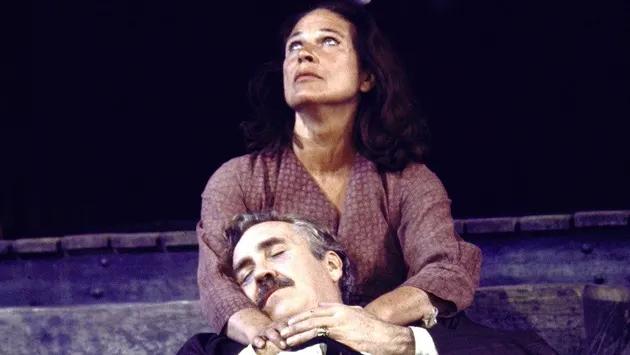
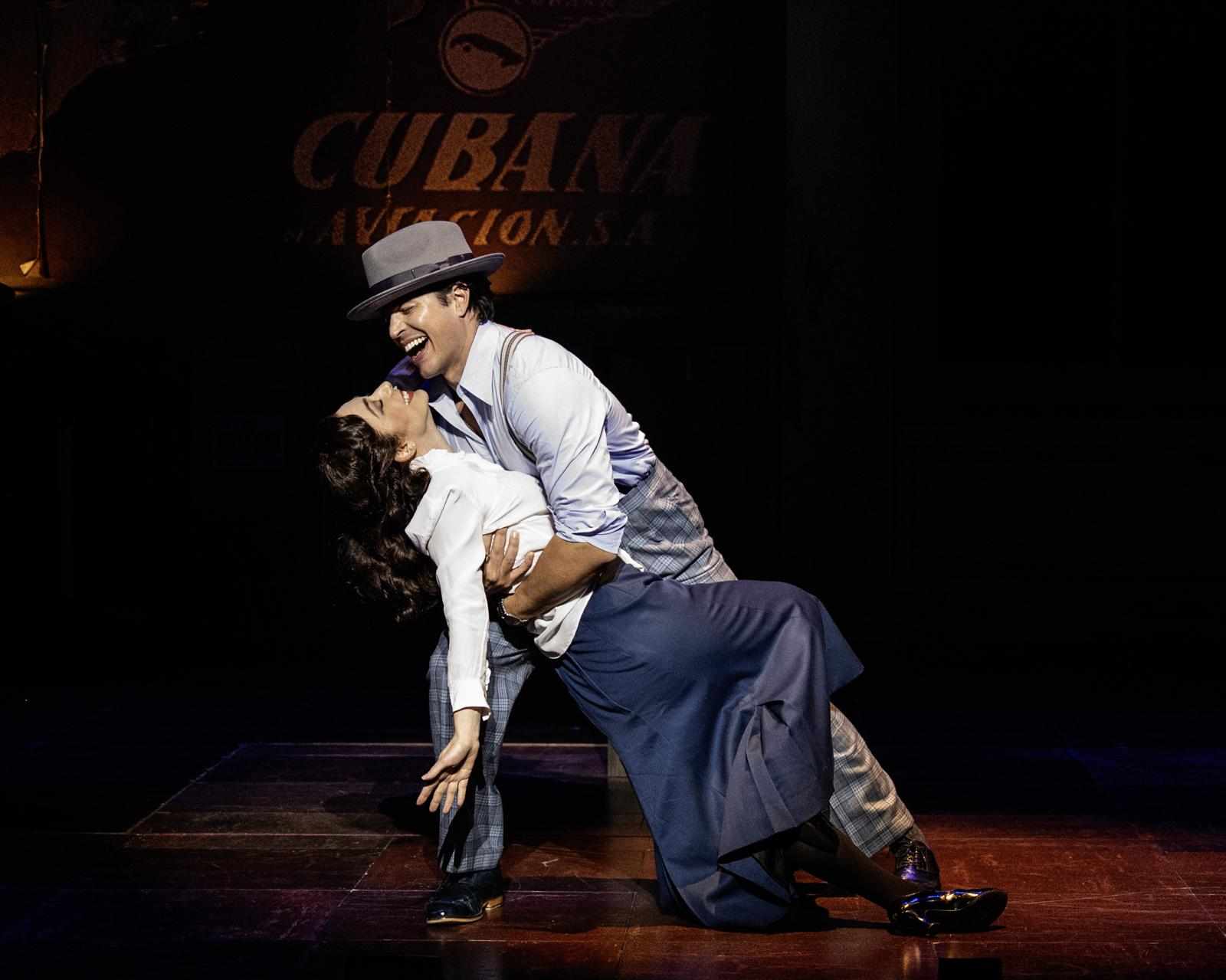
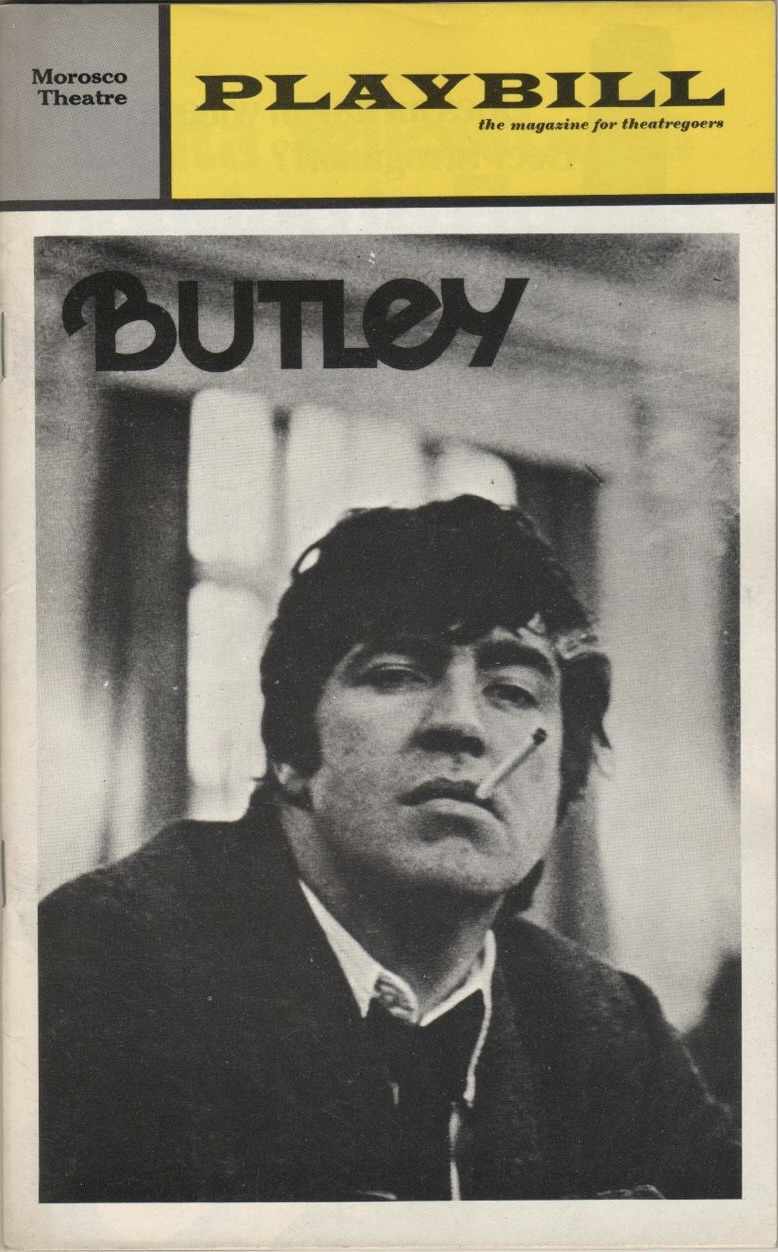
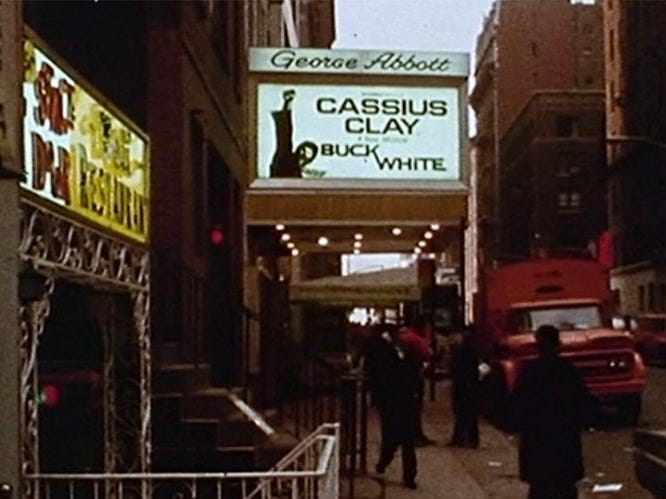

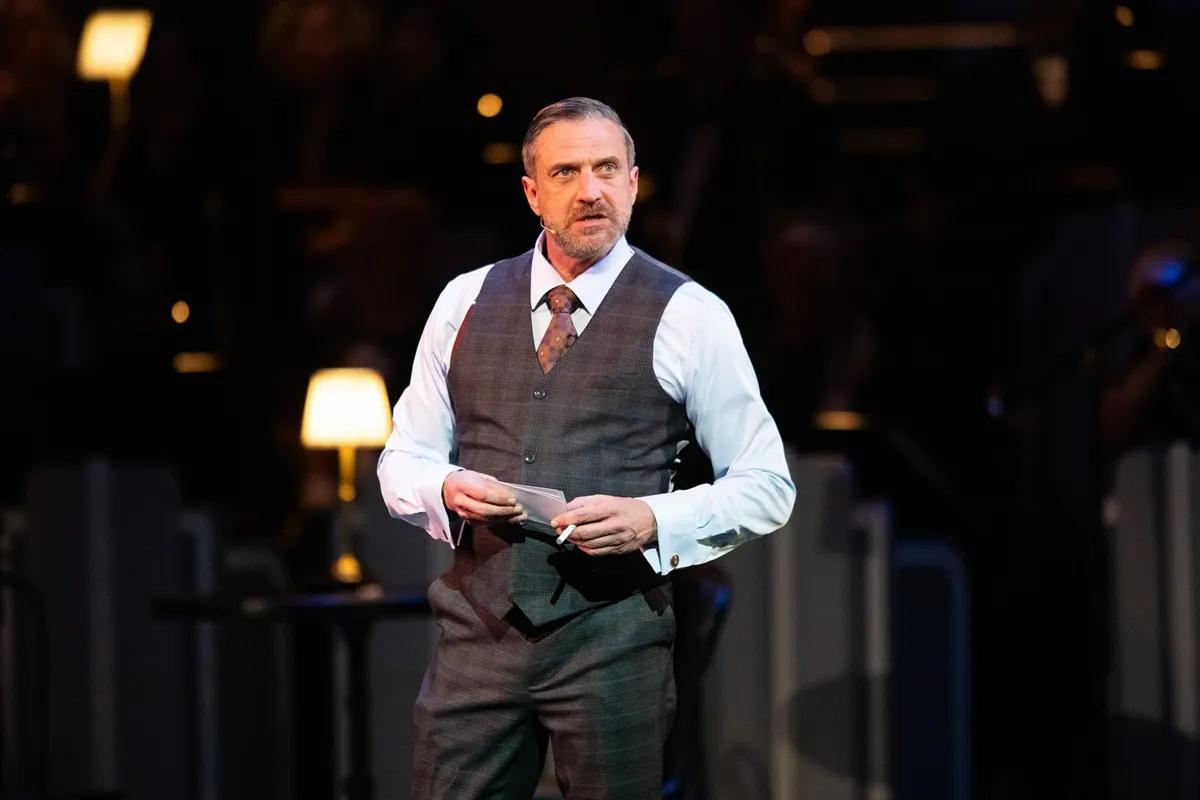
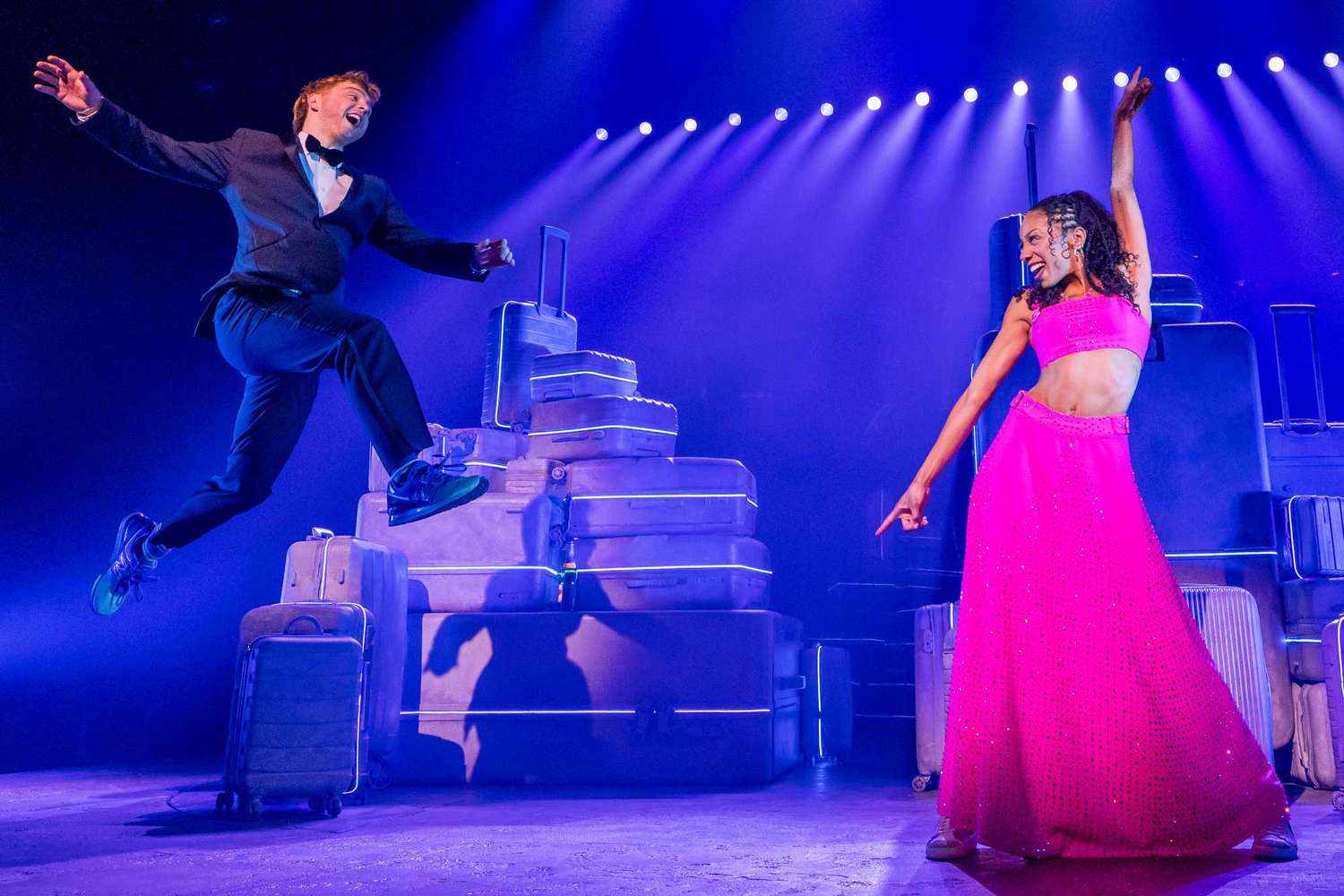
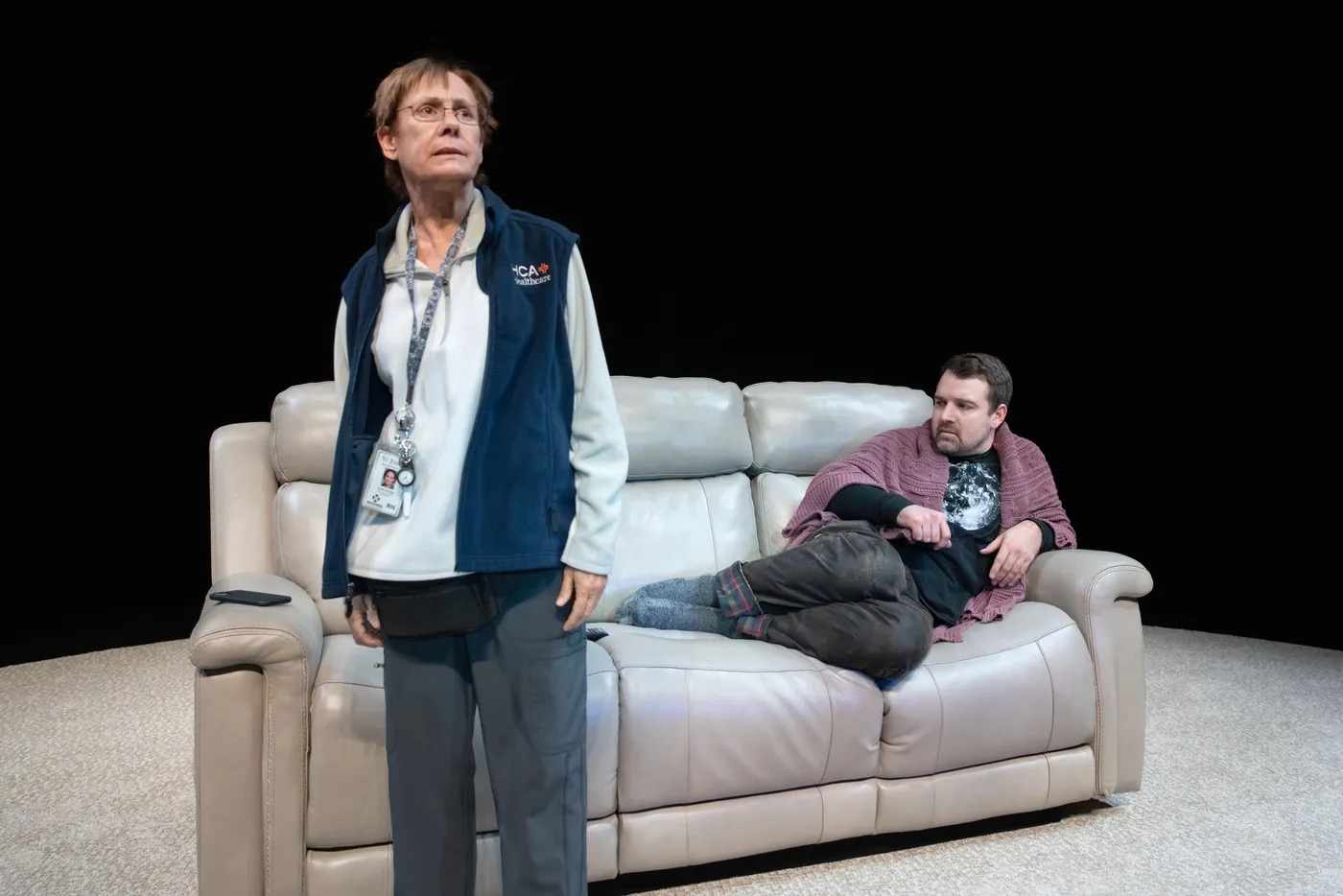


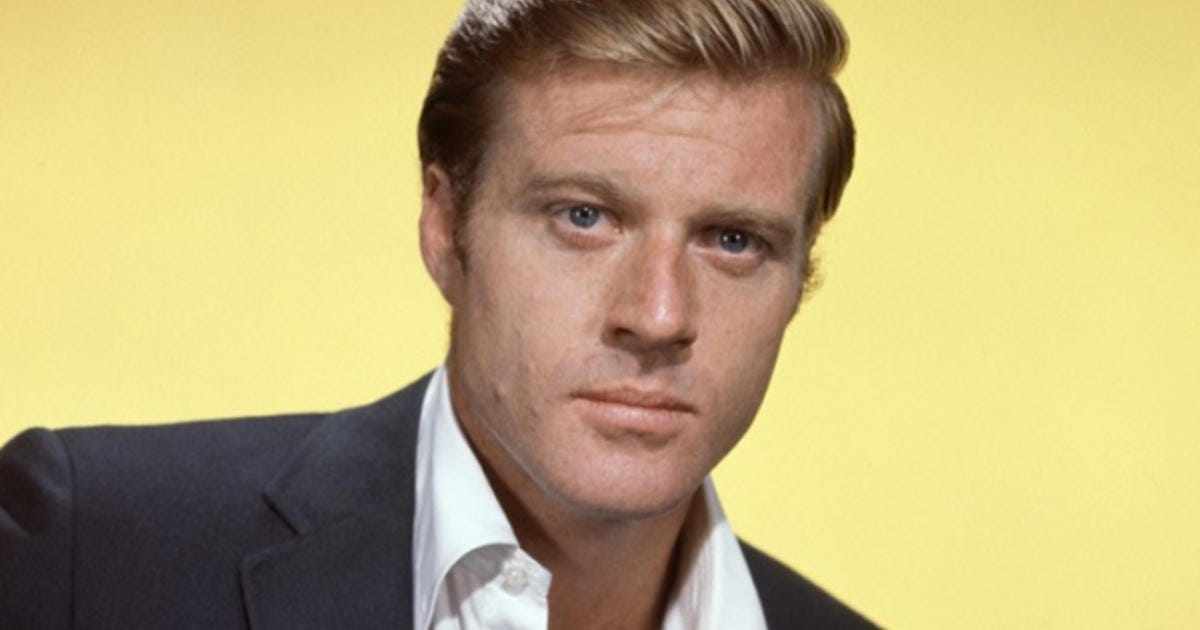
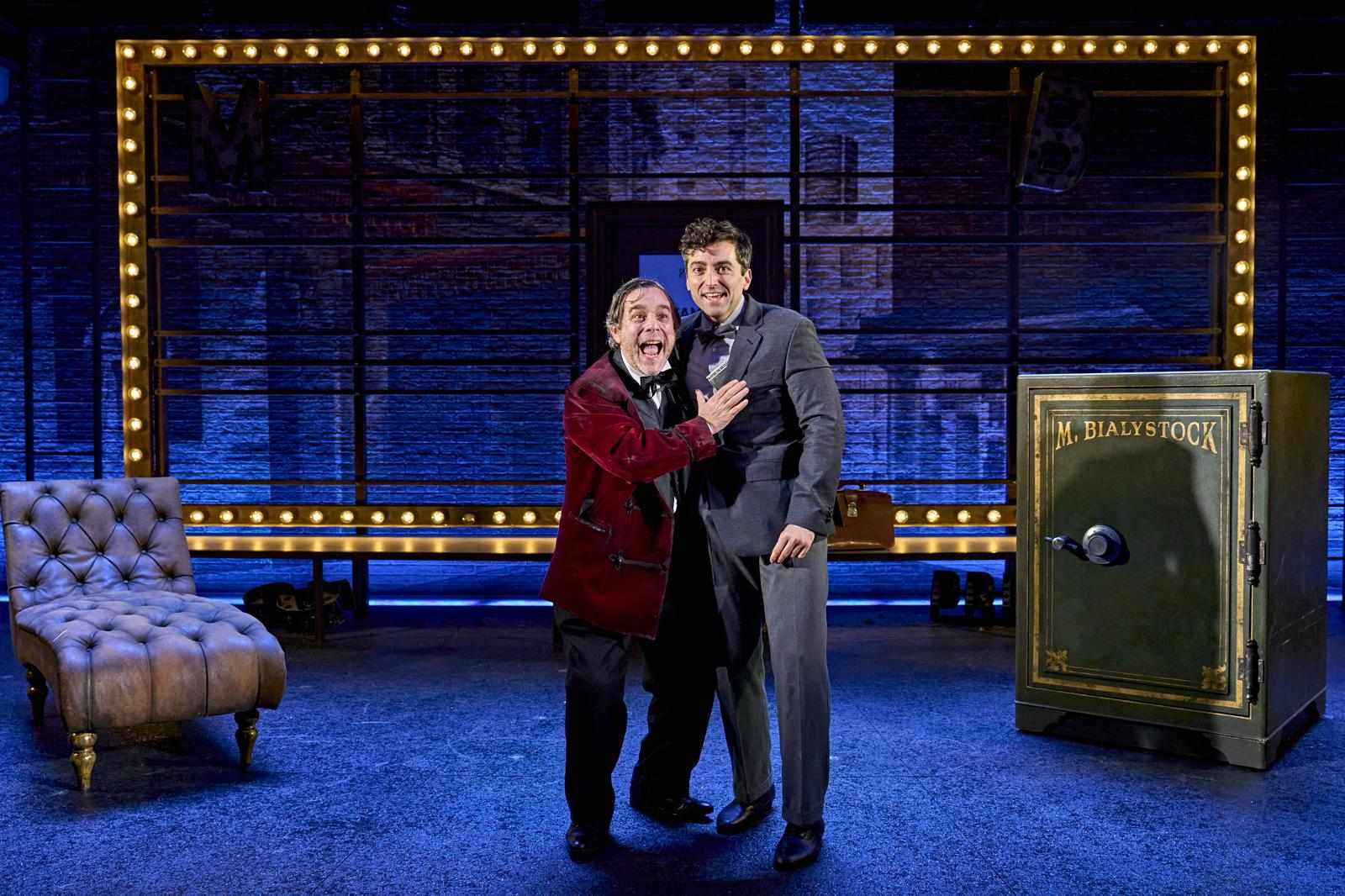
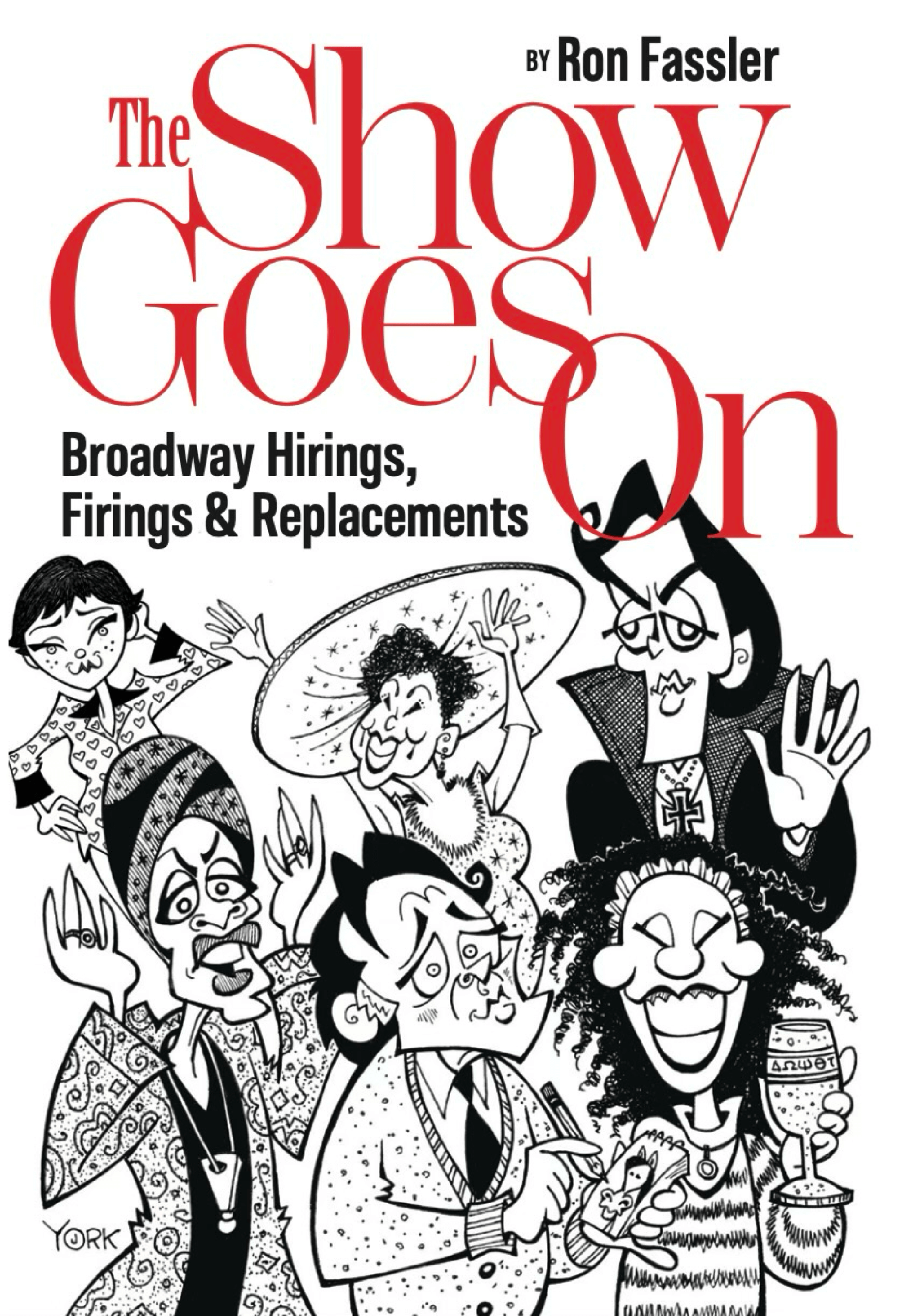

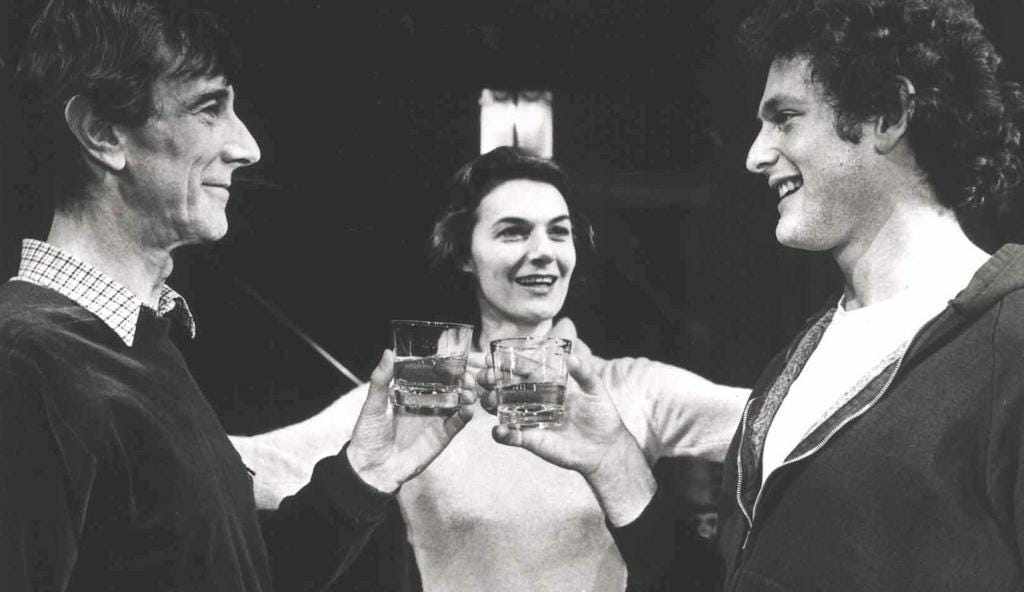





Write a comment ...